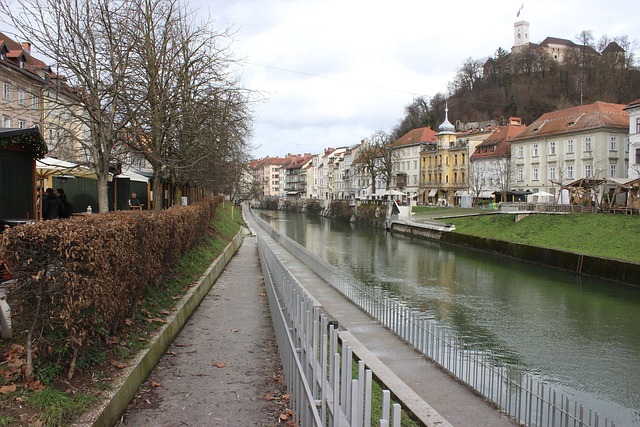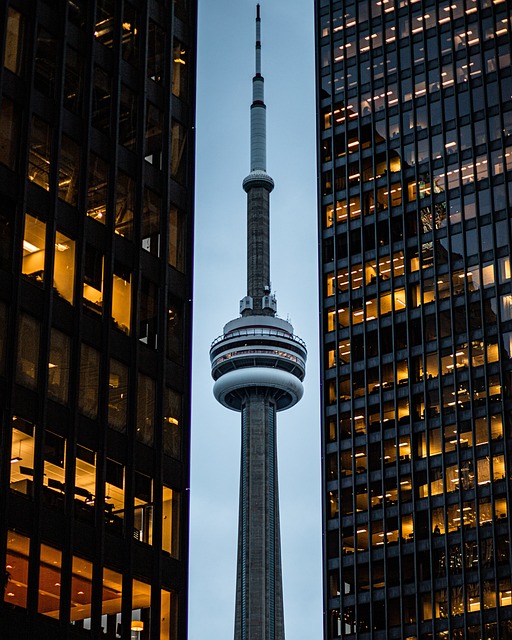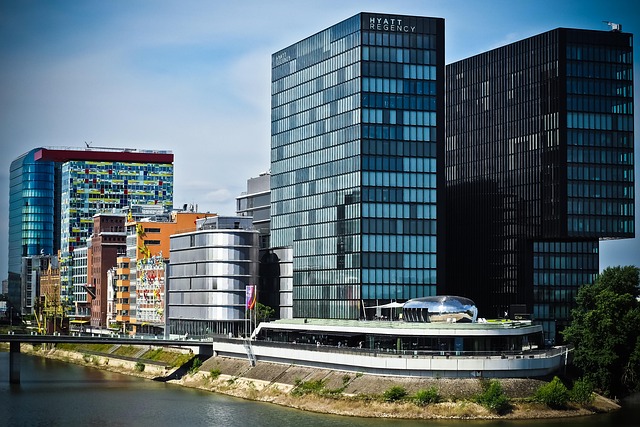Karachi, Pakistan's financial hub, boasts a complex transportation network including key routes like Malir Link and Northern Bypass, vital for managing traffic flow. The Malir Link, a proposed corridor, aims to revolutionize city traffic by connecting southern and western parts, while the Northern Bypass, an historic route, facilitates efficient movement between key areas. Comparing these projects shows distinct impacts: Malir Link enhances logistics efficiency, and Northern Bypass focuses on local traffic flow and environmental benefits. Both promise significant progress in Karachi's transportation future, with community involvement crucial for equitable growth and sustainable development.
Karachi, Pakistan’s bustling metropolis, faces constant challenges in its transportation network. This article delves into two prominent routes: Malir Link, a proposed new transport corridor, and the Northern Bypass, an established artery. By comparing their efficiency and impact, we explore how these projects shape Karachi’s future mobility. We analyze their potential to alleviate traffic congestion, enhance connectivity, and foster community engagement, offering insights into the city’s evolving landscape.
- Understanding Karachi's Transportation Network
- The Malir Link: A New Transport Corridor
- Northern Bypass: An Established Route
- Comparing Efficiency and Impact
- Future Prospects and Community Engagement
Understanding Karachi's Transportation Network

Karachi, Pakistan’s financial hub, boasts a complex transportation network that includes a mix of traditional and modern infrastructure. The city’s roads and highways serve as vital arteries connecting diverse neighborhoods, industrial areas, and commercial hubs. At the heart of this network lie two prominent routes: the Malir Link and the Northern Bypass. Both play crucial roles in managing Karachi’s traffic flow, but they cater to different needs and demographics.
The Malir Link, for instance, is a key component of the city’s southern belt, facilitating seamless connectivity between the bustling neighborhoods of Malir, Bin Qasim, and their surrounding areas. It reduces travel time significantly for residents and commuters, contributing to the economic vitality of this vibrant sector. In contrast, the Northern Bypass, stretching through the northern suburbs, offers an alternative route for traffic heading towards the city center or beyond, easing congestion in other parts of Karachi. Understanding these dynamics is essential when evaluating the impact and potential of transportation projects like the Malir Link and Northern Bypass on the overall mobility and development of Karachi.
The Malir Link: A New Transport Corridor

The Malir Link, a proposed new transport corridor in Karachi, promises to transform the city’s traffic congestion and offer a much-needed alternative to the already choked roads. This project aims to create a seamless connection between the southern and western parts of the metropolis, effectively bypassing the heavily congested central areas. With a focus on improving road infrastructure, the Malir Link is designed to enhance accessibility and reduce travel times for both residents and commuters.
The corridor will not only ease traffic pressure but also contribute to Karachi’s overall urban development. By providing a direct route between major hubs, it encourages economic growth along its path, fostering new business opportunities and potentially revitalizing underutilized areas. The Malir Link has the potential to become a game-changer for Karachi’s transportation network, offering a more efficient and sustainable solution to navigate the city’s ever-growing population and traffic demands.
Northern Bypass: An Established Route

The Northern Bypass, a well-worn route in Karachi, has long served as a vital artery for the city’s traffic. This established path, designed to alleviate congestion in the heart of the metropolis, has been a game-changer for both locals and visitors alike. Its strategic positioning allows for efficient movement between key areas, making it an indispensable component of Karachi’s transportation network.
As one of the oldest bypass routes, the Northern Bypass boasts a rich history, having adapted to the city’s evolving needs over time. This resilience has ensured its relevance in the digital age, where traffic patterns have become even more dynamic and complex.
Comparing Efficiency and Impact

In the context of Karachi’s ever-growing infrastructure needs, comparing the Malir Link and Northern Bypass projects is essential to gauge their efficiency and impact on the city. Both initiatives aim to alleviate traffic congestion but differ significantly in design and potential outcomes. The Malir Link, a dedicated cargo and transport corridor, promises to streamline logistics by connecting the Port of Karachi directly to the national highway network. This direct link could substantially enhance trade efficiency, reducing travel time for freight carriers and potentially attracting more investment to the region.
On the other hand, the Northern Bypass is designed to provide an alternative route around the city’s northern areas, aiming to reduce travel time and ease congestion on main arteries. While it offers relief to residents and businesses in the north of Karachi, its overall efficiency in terms of cargo movement is not its primary focus. The impact of the Northern Bypass might be more noticeable in improving local traffic flow and reducing pollution levels compared to the Malir Link’s specialized role in facilitating cargo transportation and trade between the port and the rest of Pakistan.
Future Prospects and Community Engagement

The future prospects of Karachi’s transportation infrastructure heavily rely on the ongoing debate between Malir Link and Northern Bypass. Both projects aim to alleviate traffic congestion, but their impacts extend beyond mere traffic flow. Community engagement is pivotal in shaping these developments. Local residents and businesses have been actively participating in discussions, sharing concerns and visioning the city’s growth. This collaborative approach ensures that any chosen route or infrastructure project meets the needs of the diverse communities within Karachi.
Looking ahead, successful implementation of either Malir Link or Northern Bypass could dramatically transform urban mobility, attracting investments in adjacent areas. Enhanced connectivity can foster economic development, attract new businesses, and create job opportunities. Engaged communities are better equipped to navigate these changes, ensuring that progress benefits everyone. Karachi’s future as a vibrant metropolis depends on inclusive decision-making processes that consider both infrastructure advancements and community well-being.
In the vibrant city of Karachi, understanding the interplay between transportation infrastructure is key to shaping its future. The Malir Link and Northern Bypass, each with their distinct characteristics, offer unique solutions to the metropolis’s traffic challenges. By comparing their efficiency and impact, we’ve highlighted how these corridors can complement each other, enhancing Karachi’s transport network. As the city continues to evolve, engaging the community in planning decisions will be vital for creating sustainable and inclusive transportation options that cater to all residents’ needs.



